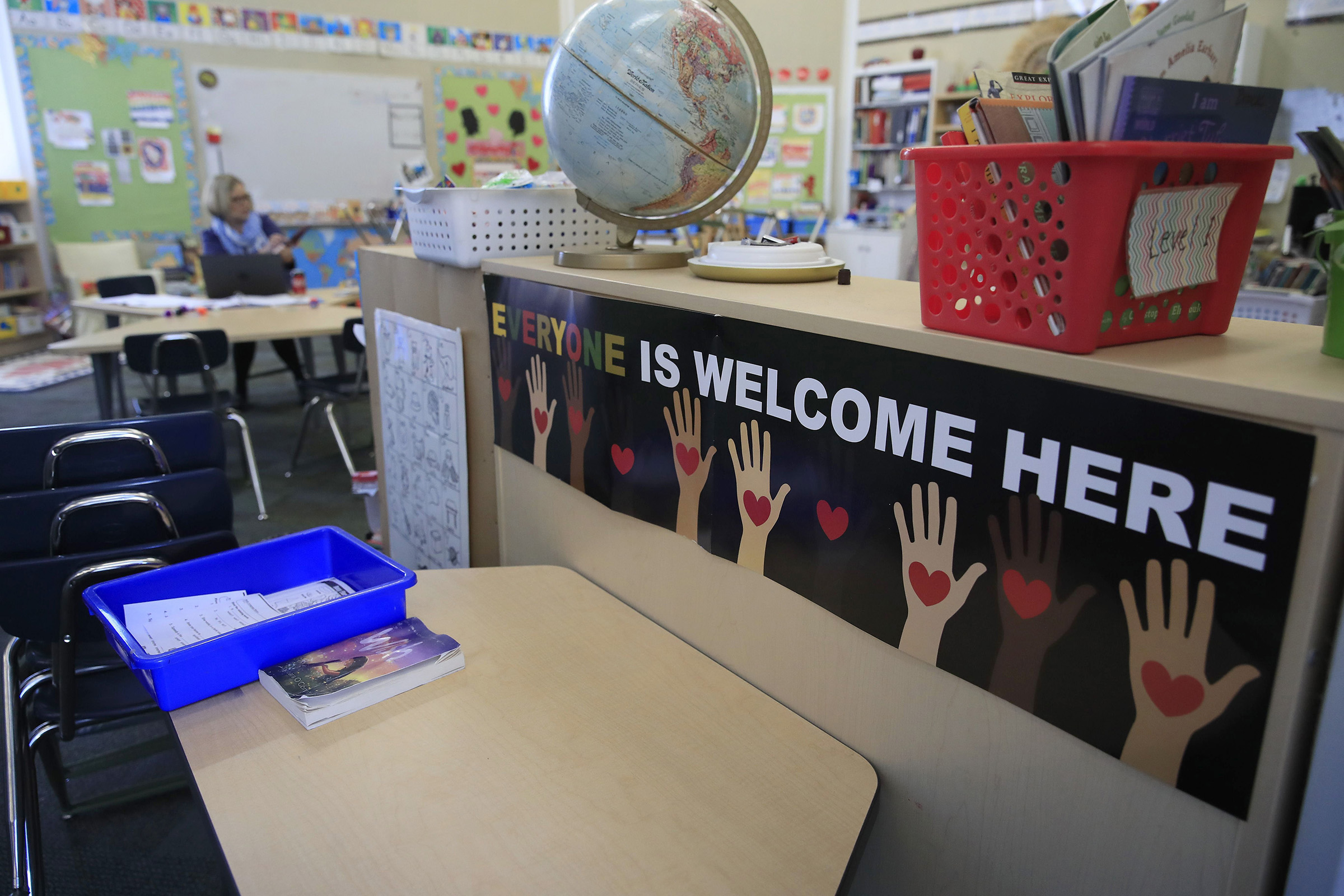
The COVID-19 pandemic ravaged education as we know it. Every state in the country shut down schools as our nation battled an invisible new threat. Educators, parents, and children were forced to navigate new technologies and practices for remote learning on-the-fly with only days to prepare. As some states and regions see improved metrics indicating suppression of the coronavirus, others confront alarming new outbreaks, and a vaccine won’t be widely available until January of 2021 at the earliest.
Given this uncertainty as we prepare for the return of school in the fall, it’s clear that more federal support for education is needed. The next COVID-19 relief and stimulus bill must include funding to support our schools and prepare our educators for teaching in a disrupted environment. This should include professional development for educators on (1) distance learning online; (2) the effective integration and use of technology; and (3) ensuring that students of color, students with disabilities, and students from low-income households are not left behind.
Educators should be commended for pivoting so quickly to distance learning and overcoming as best they could the incredible challenges of this transition. Their ingenuity and hard work are a testament to the valuable role they play in our society. However, even with their herculean efforts, 41 percent of districts reported they were still not ready to implement online learning for all students.
A key barrier was the inability to give educators the tools they needed to make the rapid shift to distance learning. Before the next school year starts, we must deliver the resources, technical know-how, and professional development they need to successfully support their students, no matter the learning environment. Without crucial professional development funding, many educators will remain unequipped with the tools needed to best serve our students.
As the nation starts the long recovery from the pandemic, we must ensure that K-12 education does not become a casualty of state and local budget shortfalls. Federal support is critical to stabilize school budgets, expand access to high-quality education and give our children the tools necessary to succeed.
Schools everywhere, from Silicon Valley to the Midwest, are crying out in need of support, which experts predict could require between $230 and $305 billion in federal aid. In fact, Lisa De Lapo, Director of Information and Instructional Technology at Union School District in California, told us, “Public school budgets, which were suffering financially before the coronavirus, are now being told by the state to additionally cut 10 percent of our budgets. This has many schools, including my own school district, cutting professional development and other learning opportunities for staff and faculty.”
In Wisconsin, Raquel Rand, President of the Wisconsin Educational Media and Technology Association, said, “Teachers across the state are asking for additional training and support on the use of educational technology, but districts need funding to support this type of professional development.”
Professional development cuts by cash-strapped schools further exacerbate inequities already existing in our system. Research shows regardless of where they are located – rural, suburban, or urban areas – schools with high numbers of students of color have a larger percentage of inexperienced teachers compared to schools with fewer students of color. If students must return to partial or completely remote learning this fall, these disadvantaged students will suffer the most.
Because educators are now and will continue to be the most important school-based factor for student success – wherever that learning may occur – stabilizing school budgets must include continuous investments in professional development. This professional development must be relevant, accessible and useful for educators. And, this takes resources. Studies show that when professional development is well-designed and effectively executed, it leads to improvements in educator practice and student achievement. It is imperative that we maximize the value of the breadth and potential of learning technology at our fingertips.
A failure to support education budgets, attend to new expenses necessary to close the digital divide, and ensure educators have high-quality professional development will further deepen unacceptable educational inequities already faced by students of color, students from low-income families, students with disabilities, and other historically underserved students.
Educators have always adjusted their practice to meet student needs and are continuing to prevail in the face of global upheaval. The federal government must be a full partner in those efforts. Our hope is that our colleagues in Congress will join us in taking on the educational inequities compounded by this pandemic by directly addressing them in the next COVID-19 relief and stimulus bill. In fact, we hope that with additional, significant federal support, particularly in the professional growth of our educators, we will instead be on a path to a more equitable future. Nothing short of the success of all our students is at stake.
More Must-Reads From TIME
- The 100 Most Influential People of 2024
- Coco Gauff Is Playing for Herself Now
- Scenes From Pro-Palestinian Encampments Across U.S. Universities
- 6 Compliments That Land Every Time
- If You're Dating Right Now , You're Brave: Column
- The AI That Could Heal a Divided Internet
- Fallout Is a Brilliant Model for the Future of Video Game Adaptations
- Want Weekly Recs on What to Watch, Read, and More? Sign Up for Worth Your Time
Contact us at letters@time.com